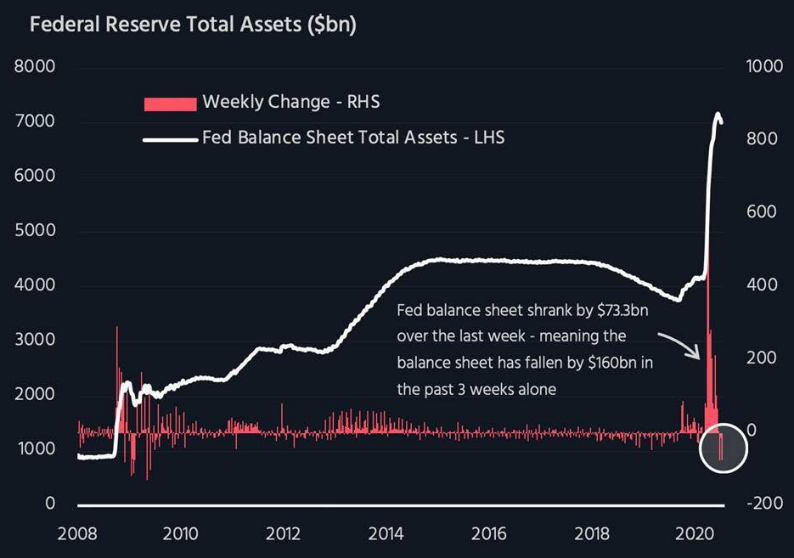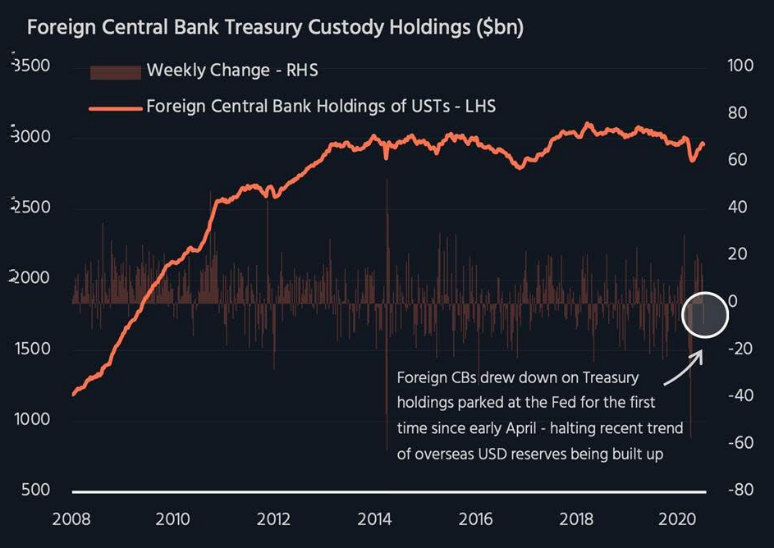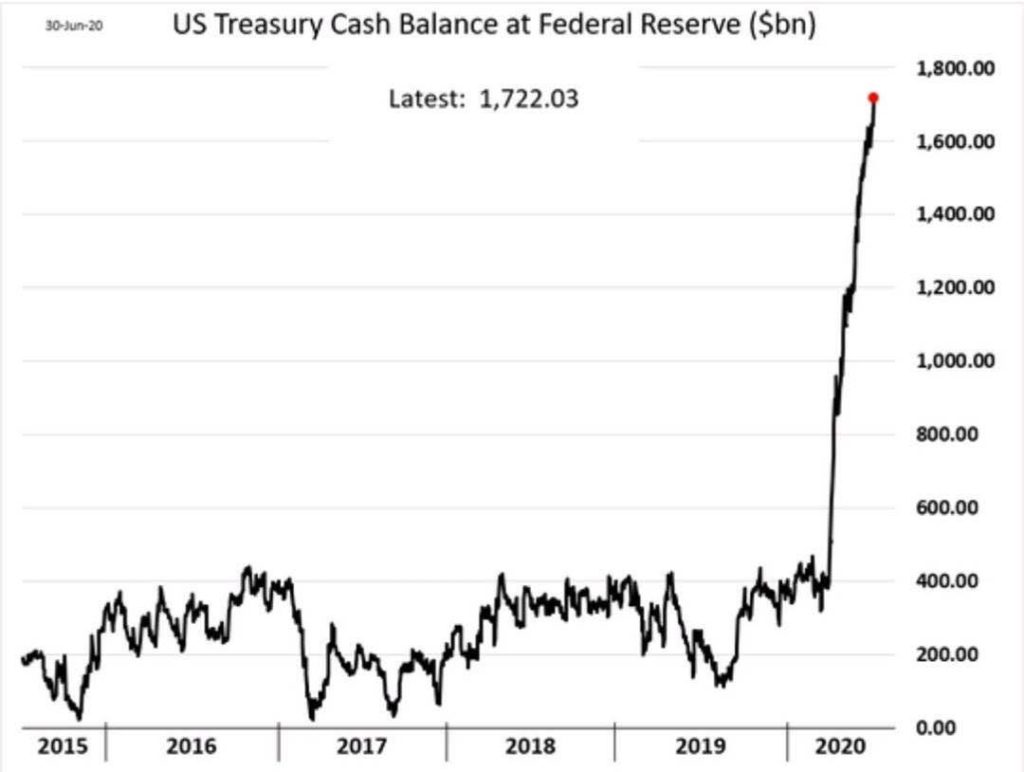Says decision needs to be taken on funding mechanism of public institutions such as NIPFP
“We need to design and think through the future in a strategic and medium-term framework. We need to work better with the data we have and, most importantly, we need to have wider public participation on the kind of economic policy we need. We need to, therefore, move from an administrative approach to an executive approach,” says Rathin Roy, Director, National Institute of Public Finance and Policy (NIPFP).
Roy, who has now put in his papers, has always been vocal about his views on ways to recover from economic shocks. Chatting with BusinessLine, as he prepares for his next move (which he didn’t disclose) come September, he said: “I have been, for years, advocating that we modernise our public systems; while I have been listened to with great courtesy, this has not happened. I believe this is very important for India.”
His experience as part of the Prime Minister’s Economic Advisory Council is that the political class is more receptive to suggestions than the bureaucracy, he said. Excerpts:
What triggered this decision to move out of NIPFP?
Well, my decision to move out was taken last year. I had been contemplating it for some time. It had nothing to do with Urjit Patel joining NIPFP (the former RBI Governor has been appointed NIPFP Chairman). I would have loved to work with him.
I felt I needed to work and talk about the situation the world and India find themselves in today without being constrained. I have felt for some time that the problem we face with the economic crisis and the Covid-19 crisis is just not to do with the government, but to do with society at large.
A low fraternity society results in deficiencies in outcomes. A divided society begets a polarising polity. These severely detract from the effectiveness of economic policy and the functioning of rules and institutions.
What do you think is the biggest long-term challenge?
I have been, for years, advocating modernising our system. While I have been listened to with great courtesy, I believe this is very important for India. I believe we cannot operate an economic policy if we do not have a strategic and medium-term framework.
We need to work better with the data we have, and most importantly, we need to have wider public participation on the kind of policy we need. We need to, therefore, move from an administrative approach to an executive approach — I have spoken about this but have failed to get traction.
I think it is about time that some leader sees this as a very important constraint on the effectiveness of economic policies in India, and attention is paid to developing a medium-term and strategic policy approach.
What were the challenges at NIPFP?
A decision needs to be taken on whether public institutions like NIPFP should continue to receive public funds to undertake policy-relevant research, or purely exist as service providers and training centres. Both cannot be simultaneously achieved, and many public institutions in India have diminished because of the inability to see this contradiction.
Since the private sector is not going to fund research on public finance, it becomes an existential question for NIPFP — whether it can continue in the same way. We need to see how the funding base can be broadened, consistent with our public interest mandate.
How do you see Aatmanirbhar Bharat package? Is it a stimulus?
First and foremost, I have never advocated any government providing a stimulus. What the government can do is be supportive of economic activity — support where it is needed. What the government has done, I think, is to provide some income support to vulnerable groups, which is a good thing.
But the bulk of the response has been to facilitate monetary and credit support, This implies, essentially, asking the private sector to take the initiative and, in turn, incentivise them with more reforms. Whether it will work or not, we will have to see.
The private sector will have to play a vital role in restoring the economy. What we are lacking is a three-four-year roadmap that tells us the things we will do to recover from the shock and how it will align with the process of recovery after Covid. In a medium-term fiscal framework nested in such a roadmap, the issue of financing is very tractable.
What we are missing today are two things on the fiscal side — a medium-term fiscal policy and a medium-term economic strategy. In the absence of these, we are just looking at how to survive for the next three-four months because we don’t have the executive machinery to talk about debt and deficit in the medium term. To talk about these in the short term doesn’t help.
Data for economic projections remain a challenge. Do you agree?
I think we have to understand that good data put into public domain, accompanied by good analysis, is an essential input into effective policy making. If the immediate administrative imperatives of government, or the preferences of a powerful individual, drive policy actions, then the results are bound to be sub-optimal.
Thus, for example, if the data show that tax collections are falling, and analysis shows this is a structural trend, I think it is inappropriately defensive to carry on as if this were a temporary phenomenon.
The question which you have to ask is: why is it low; but that would require examination of data which is not in the public domain. That would also require a culture of prompt and consistent sharing of data, which is not the case at this time.
https://www.thehindubusinessline.com/economy/we-cannot-operate-economic-policy-if-we-do-not-have-a-strategic-and-medium-term-framework-rathin-roy/article31916170.ece














































